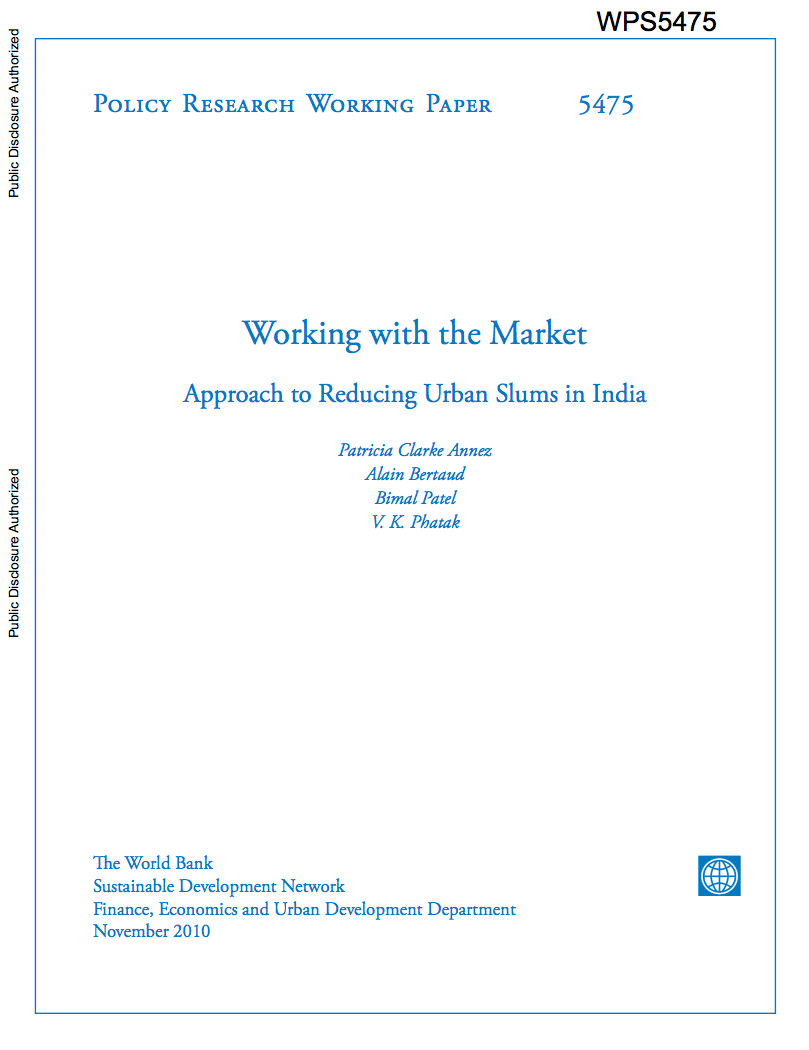The Little Green Data Book 2011
This year's edition introduces a
new green national accounting aggregate, adjusted Net
National Income (aNNI), into the set of environment and
development indicators. Using the underlying methodology of
the Adjusted Net Saving (ANS) measure, which has been
published since the first edition in 2000, aNNI provides a
broader measure of national income that accounts for the
depletion of natural resources. The standard measure of


